SparkFun Qwiic Sensors Buying Guide: 2022
We have already covered Seeed Studio Grove modules which allow developers to easily integrate various hardware like sensors, actuators, shields, and cables. To keep up with the market trend, SparkFun introduced Qwiic connect system that exploits the I2C communication protocol on your development board and interfaces peripheral devices– making prototyping faster and easier. As a part of the SparkFun Qwiic I2C ecosystem, there are development boards, HATs, shields, carrier boards, sensors, accessory boards, developer kits, cables, and connectors.
One of the interesting things SparkFun introduced with the Qwiic ecosystem is the Ala-Carte option that enables developers to choose and design custom boards with pick n’ choose controllers, sensors, and switches – all assembled by SparkFun. Ala-Carte allows you to only choose selected blocks that are required for the project and ignore other peripheral components which add to the power requirements and affects the CPU performance. Especially for edge computing applications, choosing specific sensors is a very important factor as edge AI applications have power and space constraints. The steps to building a custom board are to choose the microcontroller, then add the desired components to the design, and complete the layout with the board ready to ship in 3-4 weeks. However, as we go ahead with the article, our focus will be on Qwiic sensors that are not only popular but an essential part of commonly built projects.
SparkFun IR Array Breakout

As a part of the imaging sensor, SparkFun IR array breakout is equipped with MLX90640 IR array integrated circuit with a 32x24 array of thermopile sensors – and easy to integrate. With a low-resolution imaging camera, the hardware is capable of detecting surface temperature from several feet away with improved accuracy of ±1.5°C. This specific sensor has a 110°x75° field of view with a temperature measurement range of -40°C-300°C. There is also another version of the same sensor but with a smaller FOV of 55 degrees. Before interfacing, it is important to know that the hardware demands complex calculations by the host hardware, making Arduino Uno a less reliable option due to its low RAM and flash storage.
Specifications of SparkFun IR Array Breakout
- Onboard IC: MLX90640 IR array
- Field of view: 110°x75°
- Measurement range: -40°C-300°C
- Resolution: ±1.5°C
- Refresh rate: 0.5Hz-64Hz
- I2C address: 0x33
- Qwiic connection ports: 2x
- Operating voltage: 3V-3.6V
- Current consumption: ~18mA
SparkFun Qwiic ToF Imager
 Listed under distance sensors, the SparkFun Qwiic ToF Imager is integrated with STMicroelectronics’ VL53L5CX Time-of-Flight multizone ranging sensor with a wide field of view. The ST’s chip integrates SPAD array, physical infrared filters, and diffractive optical elements (DOE) to perform optimum in various ambient lighting setups. Through 0.1” spaced pins, the hardware is breadboard friendly for the quick prototyping use case. As the name says, multizone ranging has the limit of 4000mm across 64 zones with a wide 63° diagonal FOV that can read up to 15Hz.
Listed under distance sensors, the SparkFun Qwiic ToF Imager is integrated with STMicroelectronics’ VL53L5CX Time-of-Flight multizone ranging sensor with a wide field of view. The ST’s chip integrates SPAD array, physical infrared filters, and diffractive optical elements (DOE) to perform optimum in various ambient lighting setups. Through 0.1” spaced pins, the hardware is breadboard friendly for the quick prototyping use case. As the name says, multizone ranging has the limit of 4000mm across 64 zones with a wide 63° diagonal FOV that can read up to 15Hz.
Specifications of SparkFun Qwiic ToF Imager
- Multizone ranging output: 4x4 or 8x8 separate zones
- Range: 400cm
- Frame rate: 60Hz
- Emitter: 940nm invisible light vertical cavity surface-emitting laser
- Operating voltage: 3.3V
- I2C Address: 0x52
- Qwiic connectors: 2x
SparkFun Triple Axis Accelerometer and Gyro Breakout
 The most commonly used sensors include accelerometer, gyroscope, and magnetometer. With SparkFun Triple-Axis accelerator and gyro breakout board comes the functionality of MEMS 3-axis gyroscope and a 3-axis accelerometer on the same silicon die. The onboard digital motion processor MPU-6050 is capable of processing 9-axis MotionFusion algorithms. The processor is designed for easy integration of multiple non-inertial digital sensors like pressure sensors on its I2C port.
The most commonly used sensors include accelerometer, gyroscope, and magnetometer. With SparkFun Triple-Axis accelerator and gyro breakout board comes the functionality of MEMS 3-axis gyroscope and a 3-axis accelerometer on the same silicon die. The onboard digital motion processor MPU-6050 is capable of processing 9-axis MotionFusion algorithms. The processor is designed for easy integration of multiple non-inertial digital sensors like pressure sensors on its I2C port.
Specifications of SparkFun Triple Axis Accelerometer and Gyro Breakout
- Processor: MPU-6050 digital motion processor
- Gyro: Tri-axis angular rate sensor
- Sensitivity: 131 LSBs/dps
- Range: ±250, ±500, ±1000, and ±2000dps
- Accelerometer: Trix-axis accelerometer
- Range: ±2g, ±4g, ±8g and ±16g
- Sensor: Digital output temperature sensor
- I2C Digital output: 6 or 9-axis MotionFusion data in rotation matrix, quaternion, Euler Angle, or raw data format
- Dimensions: 25.5x15.2x2.48 mm
- Input voltage: 2.3 to 3.4V
SparkFun Environmental Combo Breakout
For environmental sensing applications, this SparkFun environmental combo takes care of all the atmospheric sensing through the CCS811 and BME280 integrated circuits. The breakout board is capable of sensing environmental data like barometric pressure, humidity, temperature, TVOCs (total volatile organic compounds), and CO2 levels. With CCS811, the board can provide readings for equivalent CO2 (or eCO2) in parts per million (PPM) and TVOCs in part per billion (PPB). The on-board BME280 sensor provides accurate humidity, temperature, and barometric pressure readings which can communicate with the host platform via I2C communication protocol.
Specifications of SparkFun Environmental Combo Breakout
- Operating voltage: 3.3V
- TVOC sensing range: 0 to 1187 parts per billion
- eCO2 sensing range: 400 to 8192 parts per million
- Temperature sensing range: -40 to 85C
- Humidity sensing range: 0 to 100% RH, =-3% from 20 to 80%
- Pressure sensing range: 30000Pa to 110000Pa
- - Relative accuracy: 12Pa
- - Absolute accuracy: 100Pa
- Altitude sensing range: 0 to 30000 feet
- - Relative accuracy: 3.3 feet at sea level and 6.6 feet at 30000 feet.
SparkFun GPS Breakout
 If you are looking for a GPS sensor that can fit on your host platform, SparkFun GPS sensor features an onboard ZOE-M8Q 72-channel GNSS receiver for receiving signals from GPS, GLONASS, BeiDou and Galileo constellations. The increased precision and reduced lock time is because of the onboard rechargeable battery. The ZOE-M8Q receiver can be configured for various parameters, including baud rates, update rates, geofencing, spoofing detection, external interrupts, SBAS/D-GPS, and many more. All the configuration can be done through the SparkFun Arduino Library.
If you are looking for a GPS sensor that can fit on your host platform, SparkFun GPS sensor features an onboard ZOE-M8Q 72-channel GNSS receiver for receiving signals from GPS, GLONASS, BeiDou and Galileo constellations. The increased precision and reduced lock time is because of the onboard rechargeable battery. The ZOE-M8Q receiver can be configured for various parameters, including baud rates, update rates, geofencing, spoofing detection, external interrupts, SBAS/D-GPS, and many more. All the configuration can be done through the SparkFun Arduino Library.
Specifications of SparkFun GPS Breakout
- Onboard IC: ZOE-M8Q 72-channel GNSS receiver
- Accuracy: 2.5m Horizontal Accuracy
- Max Altitude: 50,000m
- Max Velocity: 500m/s
- Max Altitude: 50,000m
- Velocity Accuracy: 0.05m/s
- Heading Accuracy: 0.3 degrees
- Time Pulse Accuracy: 30ns
- Current Consumption: ~29mA Tracking GPS+GLONASS
- Supports NMEA, UBX, and RTCM protocols over UART or I2C interfaces
SparkFun Pulse Oximeter and Heart Rate Sensor
 For healthcare applications, you might be looking for a pulse oximeter and heart rate sensor, here come’s the SparkFun biometric sensor based on I2C communication protocol– thanks to the onboard integrated chips: the MAX32664 Biometric Sensor Hub and the MAX30101 Pulse Oximetry and Heart Rate module. The biometric sensor hub features an Arm Cortex-M4 processor that handles all of the algorithmic calculations, digital filtering, pressure/position compensation, advanced R-wave detection, and automatic gain control, while the MAX30101 is responsible for all the sensing.
For healthcare applications, you might be looking for a pulse oximeter and heart rate sensor, here come’s the SparkFun biometric sensor based on I2C communication protocol– thanks to the onboard integrated chips: the MAX32664 Biometric Sensor Hub and the MAX30101 Pulse Oximetry and Heart Rate module. The biometric sensor hub features an Arm Cortex-M4 processor that handles all of the algorithmic calculations, digital filtering, pressure/position compensation, advanced R-wave detection, and automatic gain control, while the MAX30101 is responsible for all the sensing.
Specifications of SparkFun Pulse Oximeter and Heart Rate Sensor
- ICs MAX30101 and MAX32664 sensor and sensor hub
- Connectors: Qwiic connectors for power and I2C interface
- I2C Address: 0x55
Final thoughts on Qwiic Sensors
Overall, SparkFun has a wide selection of senors depending on the requirements. The sensors are categorized as GPS, imaging, distance, movement, environmental, and others. Through the universal connectivity system, the sensors are able to make a good ecosystem for SparkFun development boards.
Your turn:
Have you got any experience with Qwiic Sensors? Let us know which one is your favorite in the comments section below!





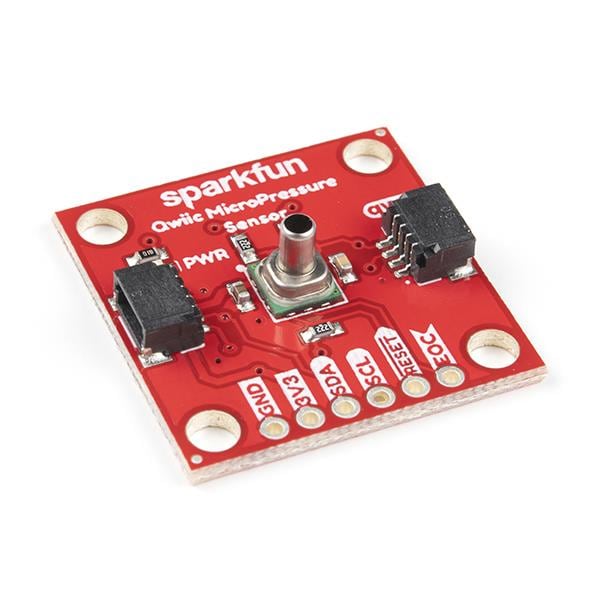
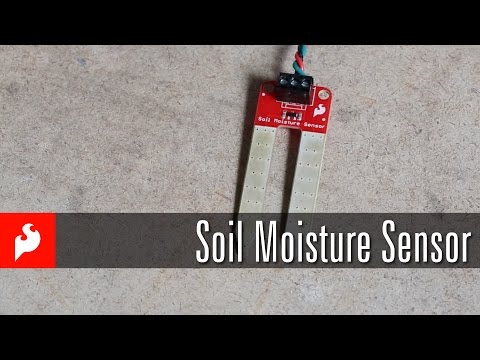
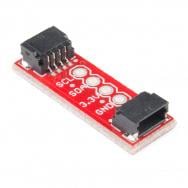
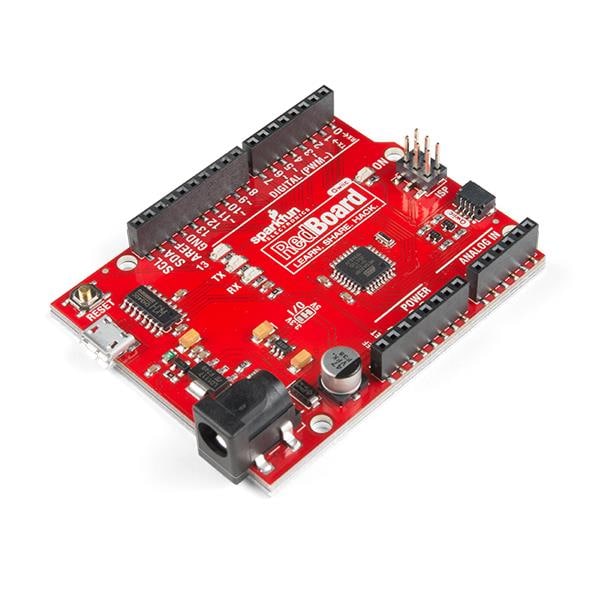
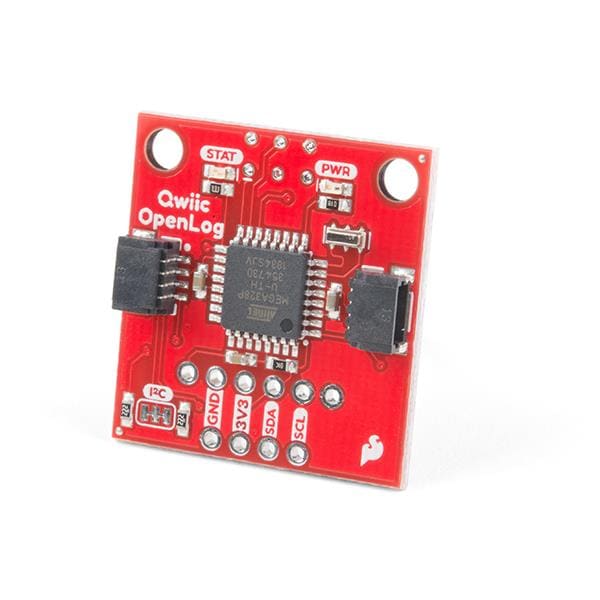
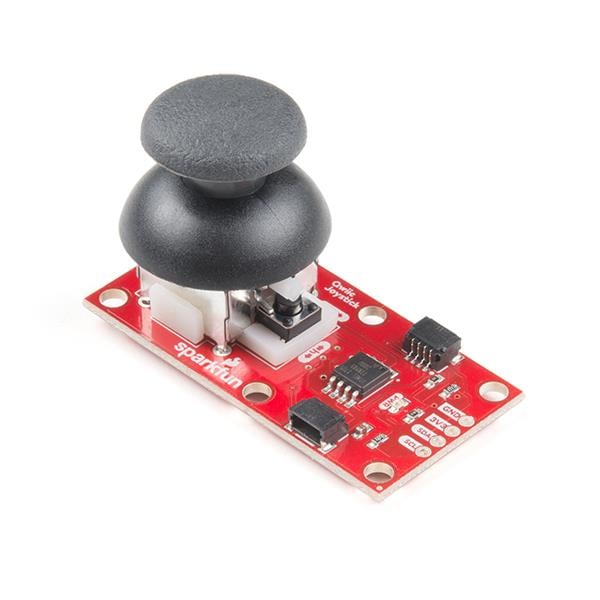

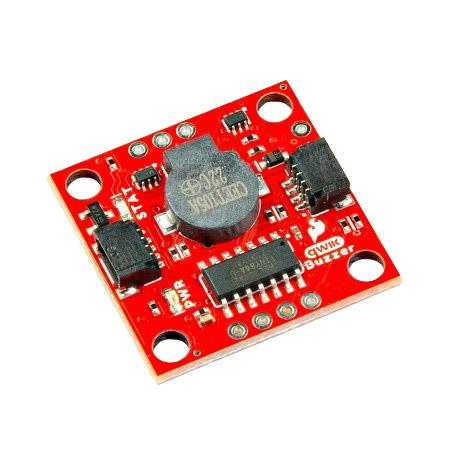
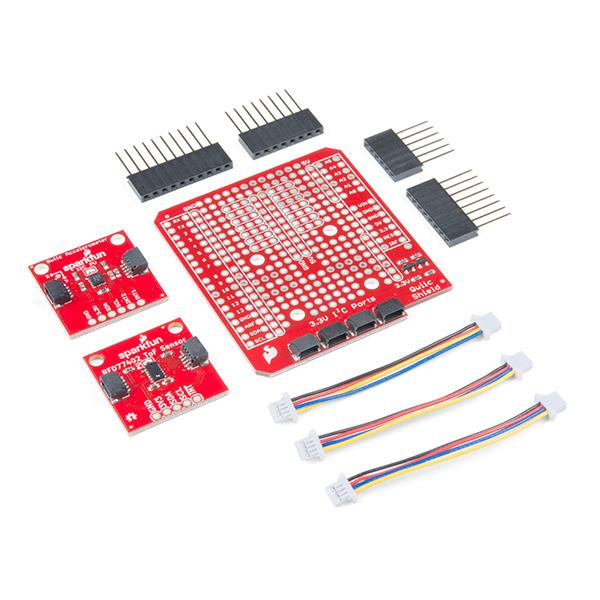
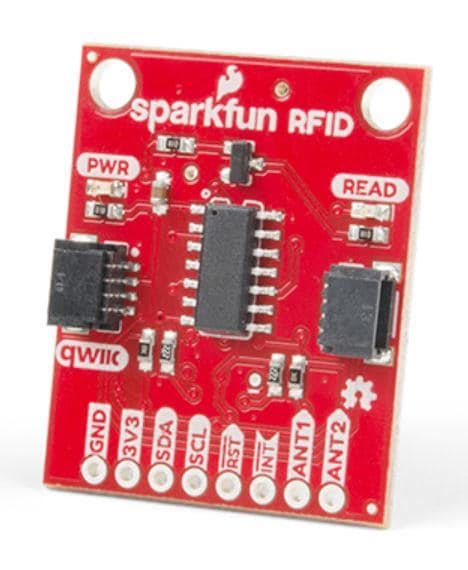
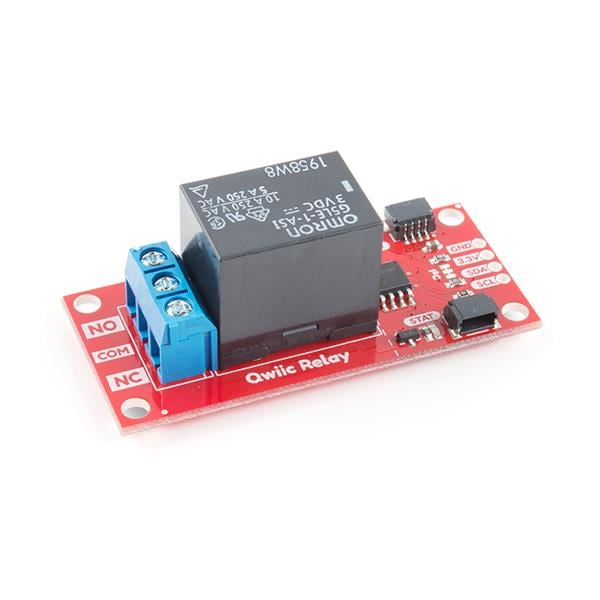
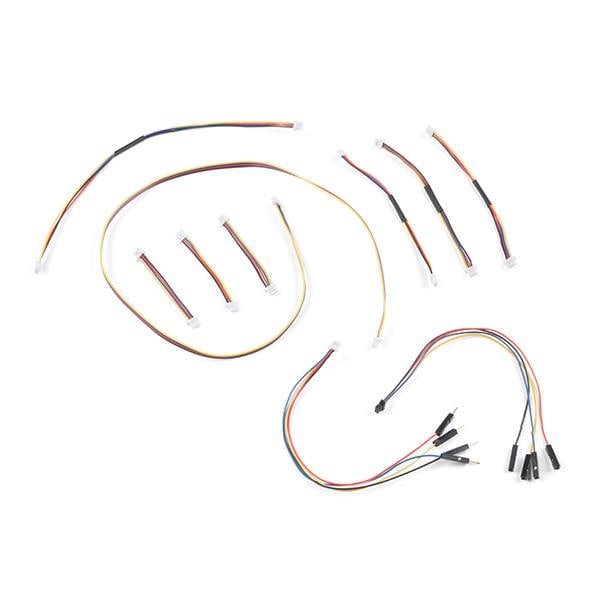
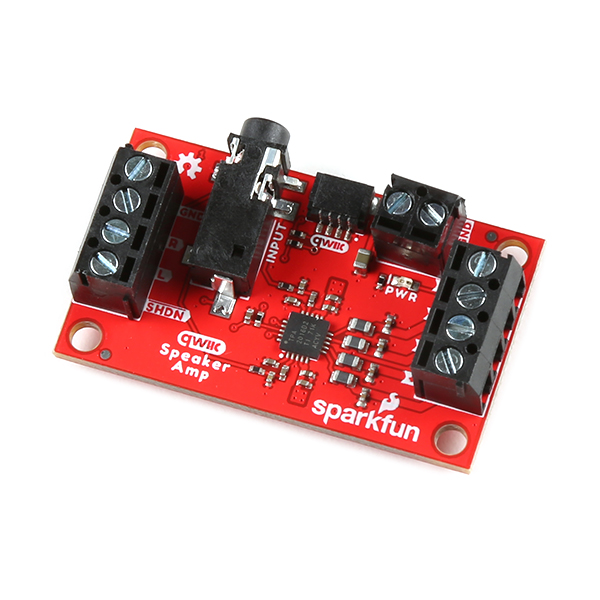

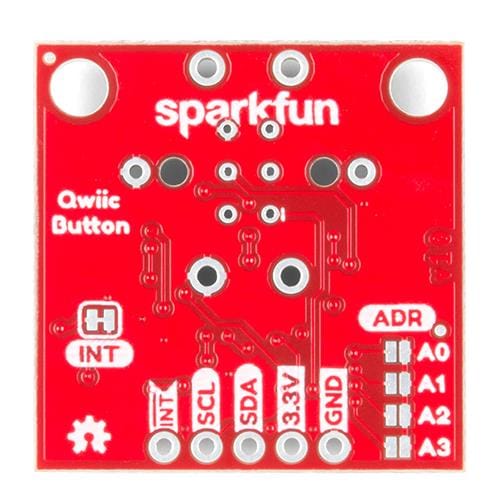
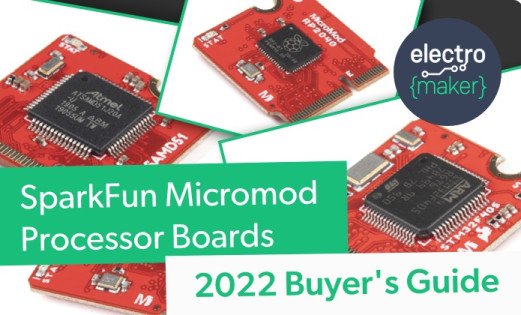
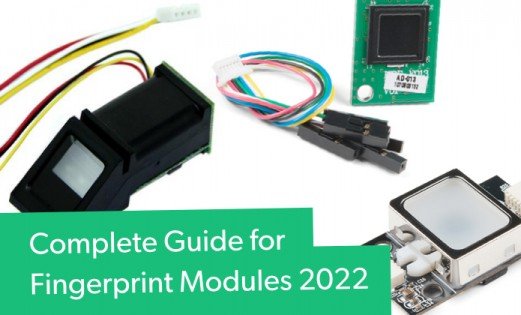
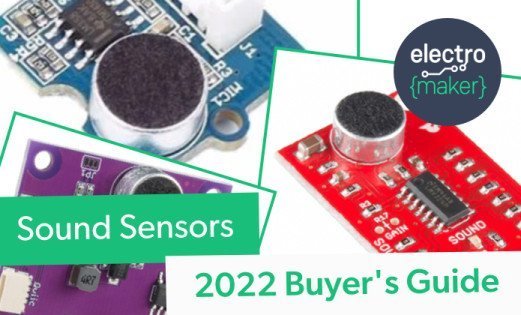
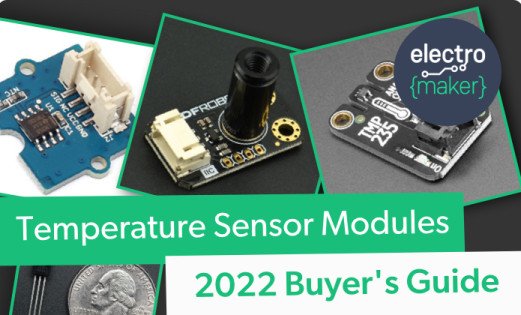
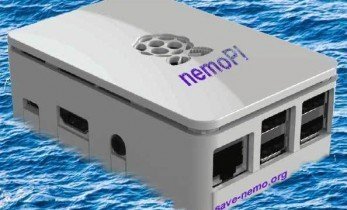
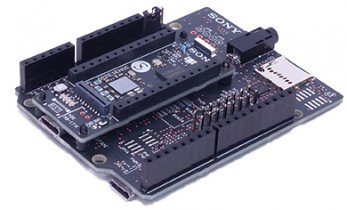
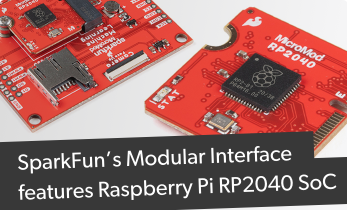
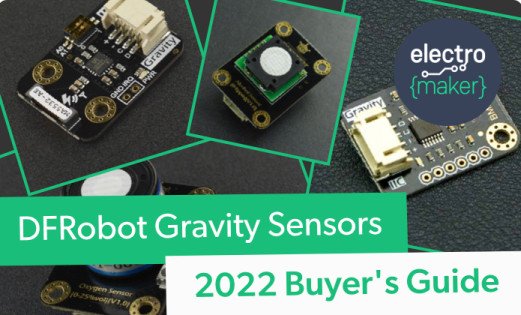
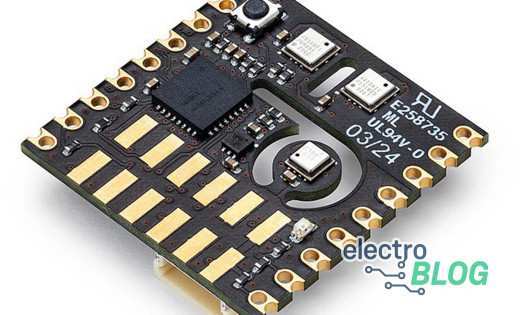
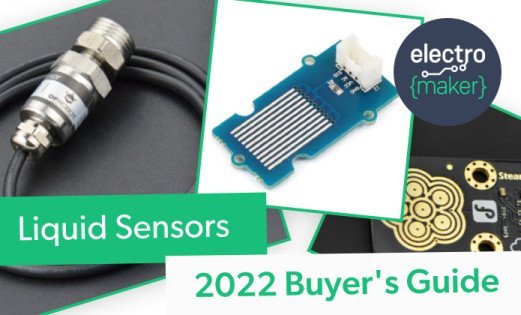
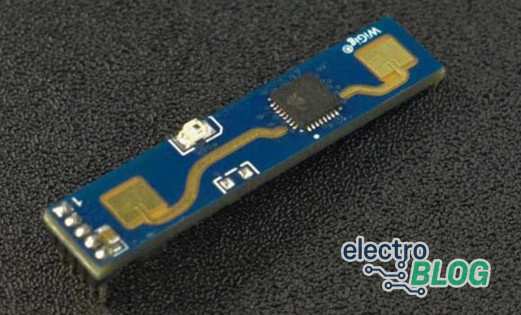
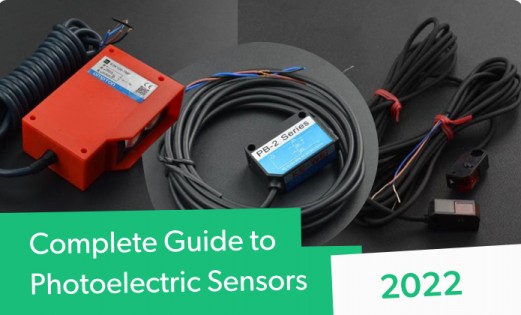
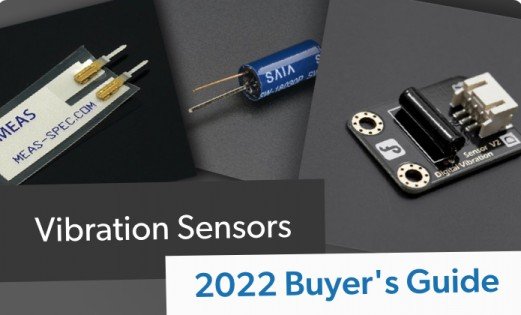
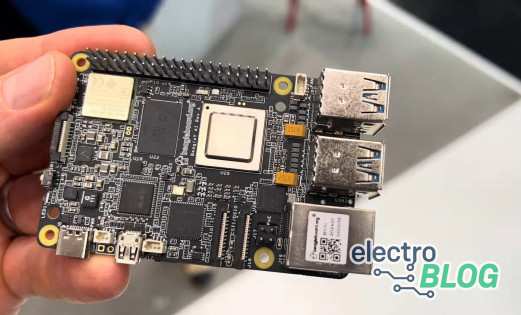
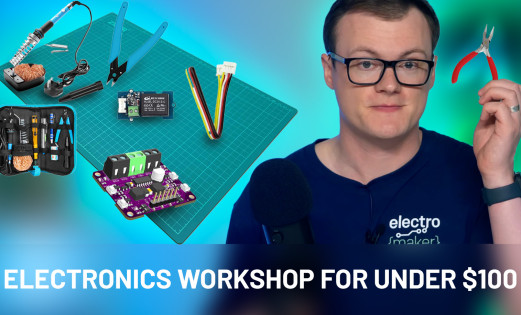

Leave your feedback...